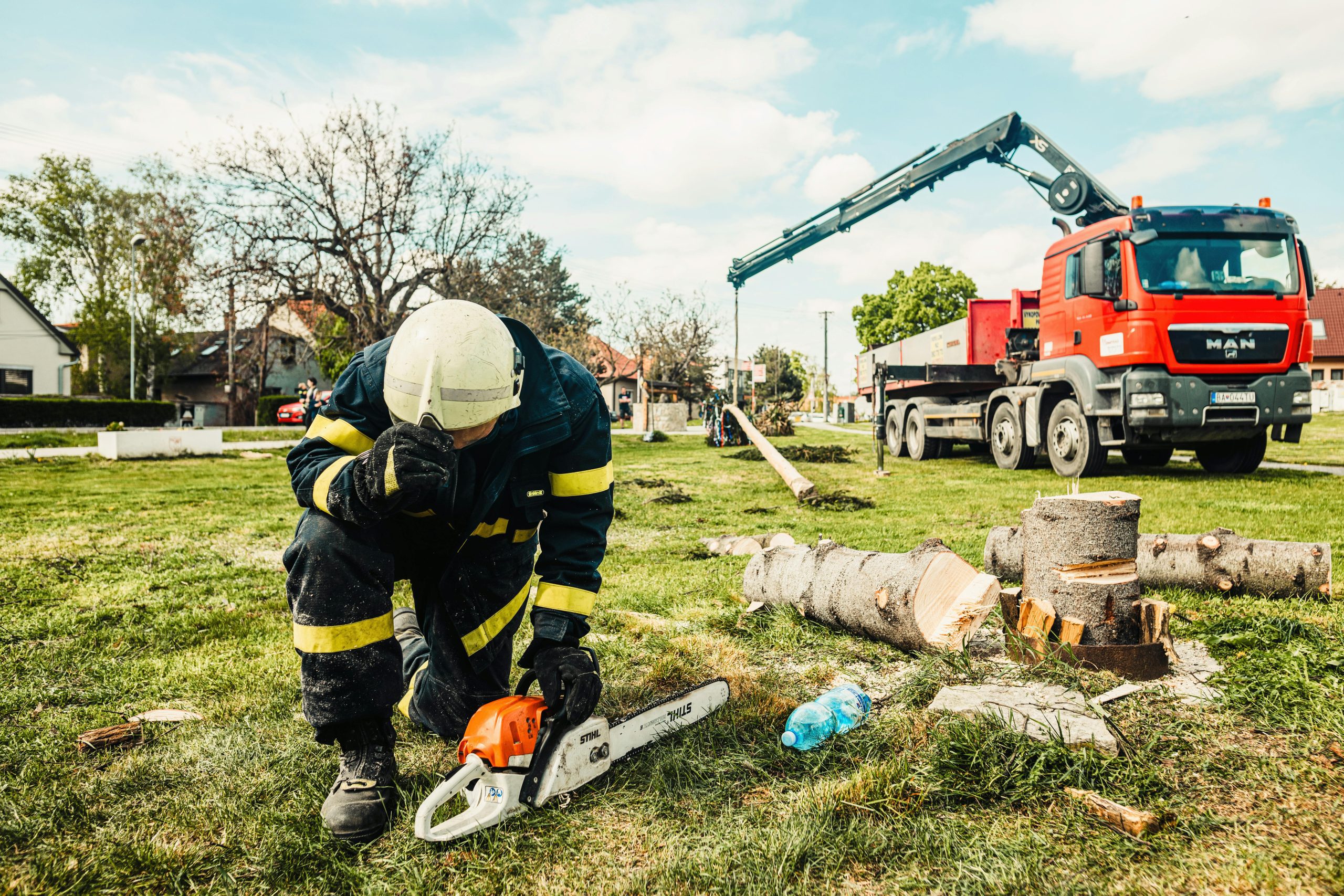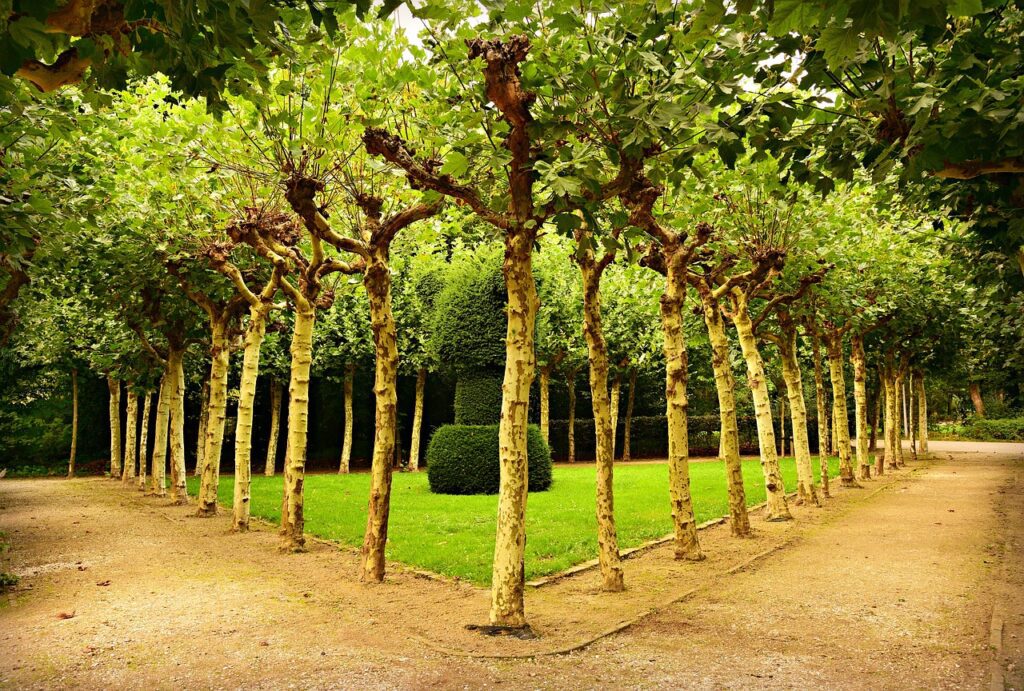Transplanting trees is an intricate process that demands a delicate balance between nature’s needs and human intervention. Whether you’re a seasoned arborist or a homeowner looking to enhance your green space, understanding the nuances of tree transplanting is crucial. This comprehensive guide delves into the key factors contributing to successful tree establishment and provides valuable insights to help you become a master of tree transplantation.
Importance of Matching Tree Species to Planting Site Conditions
The success of tree transplantation begins with an astute match between the tree species and the planting site conditions. Here’s why this aspect is paramount:
- Survival Depends on Compatibility: Even the best planting procedures cannot salvage a tree poorly suited for its planting site. Matching a tree to its environment ensures it can tolerate soil conditions, space limitations, and sunlight availability.
- Influence on Growth and Health: Selecting a species compatible with the site influences the tree’s growth, health, and resistance to stress and diseases. A well-matched tree establishes itself more robustly in its new surroundings.
Selecting Healthy and Vigorous Trees for Transplantation
The vitality of a tree is a direct contributor to its successful transplantation. Consider the following when choosing trees:
- Examine the Entire Tree: A healthy tree exhibits vitality throughout its structure, with a particular focus on the root ball.
- Root Inspection: Whether the plant is root, containerized, container-grown, or balled and burlapped, inspect the roots to ensure they are alive, healthy, and exhibit good branching structure.
Understanding Nursery Stock Types
There are four main types of nursery stock, each with its advantages and considerations:
- Bare-Root Trees:
- Lightweight and easy to transplant.
- Requires careful handling and moist roots.
- Plant during the dormant season.
- Containerized Trees:
- The root system is surrounded by soil in a container.
- Check for circling roots and ensure proper watering.
- Container Grown:
- Similar to containerized but not necessarily grown in the container.
- Consider root health and transplant any time of the year.
- Balled and Burlapped:
- Trees are dug with a portion of the root ball intact.
- Consider removal of burlap and inspect for girdling roots.
Root Growth, Planting Hole, and Soil Considerations
Understanding root growth patterns, planting hole depth, and soil conditions is crucial for successful transplantation:
- Vigorous Root Growth Near the Surface: Optimal root growth occurs near the surface, impacting planting hole depth and width considerations.
- Avoid Planting Too Deeply: Planting too deep can stress roots and allow soilborne pathogens to enter the trunk.
- Locating Primary Roots: Identify primary roots within 1 to 3 inches below the soil surface, ensuring proper planting depth.
- Soil Considerations: Adequate drainage and soil type play vital roles. Avoid adding soft fill at the bottom, and consider the original soil’s texture.
Timing, Root Pruning, and Digging Techniques
Timing, root pruning, and proper digging techniques contribute significantly to the success of tree transplantation:
- Optimal Transplant Timing: Early spring or fall is generally the best time for most tree species.
- Root Pruning Techniques: Stimulate fibrous root growth by root pruning, enhancing survival chances.
- Digging Techniques: Make clean cuts with sharp tools, avoid standing on the root ball, and shape it for transplantation.
Safely Transporting Large Trees
When dealing with large trees, additional precautions are necessary:
- Tying Branches: Prevent breakage during transport by tying branches without damaging the bark.
- Calculating Root Ball Size: Measure tree caliper for root ball size, considering tree diameter for more giant trees.
- Support with Rope: Drum-lace large soil balls with rope, ensuring stability during transport.
Conclusion
Mastering the art of tree transplantation requires a deep understanding of the intricate balance between trees and their environment. By following these guidelines, you’ll enhance your tree transplanting and contribute to the longevity and vibrancy of your green spaces.
Contact us for more details


